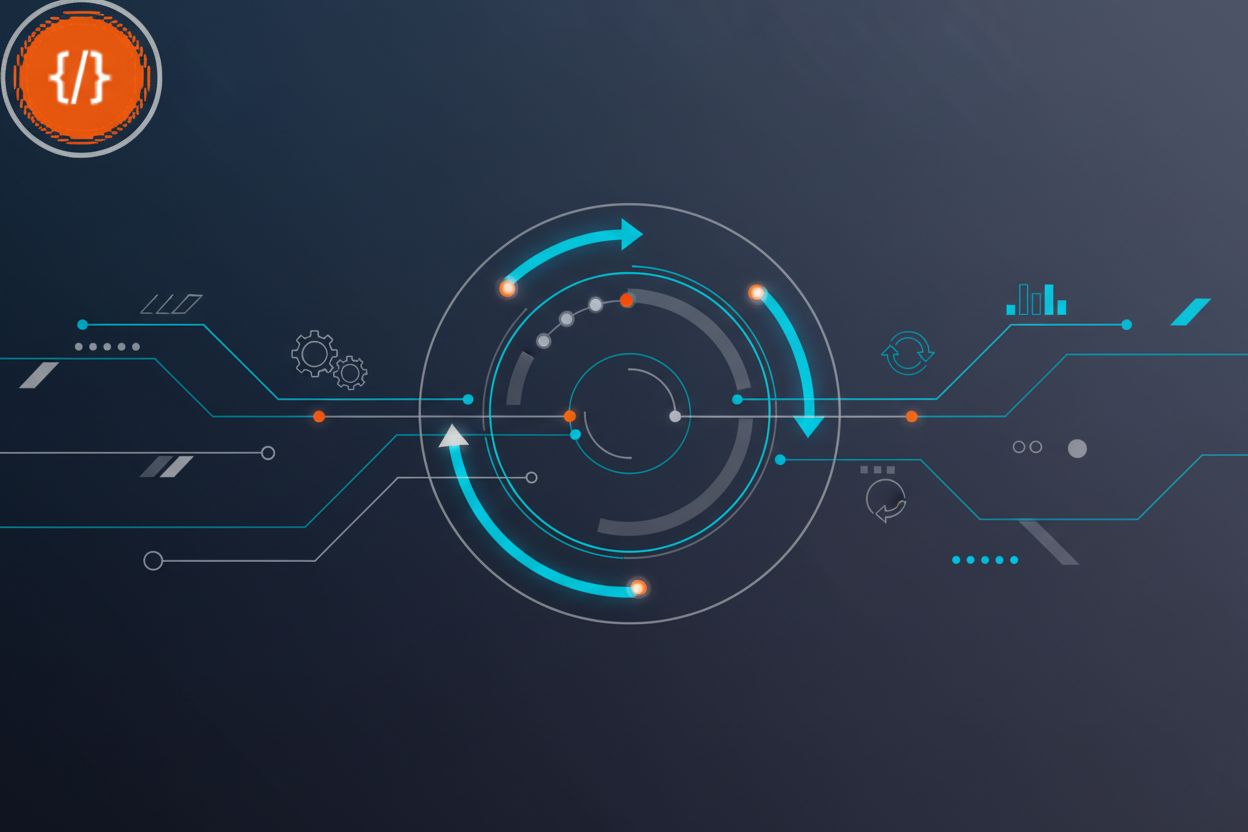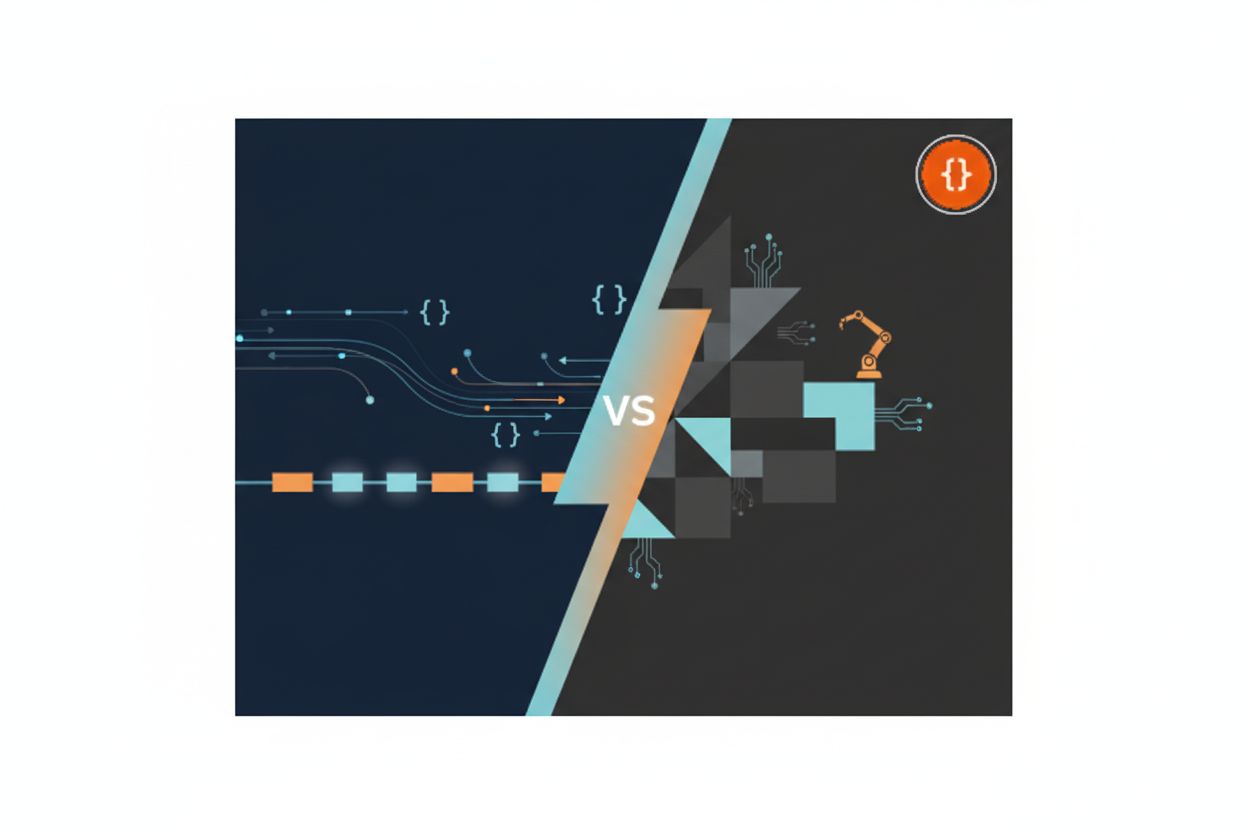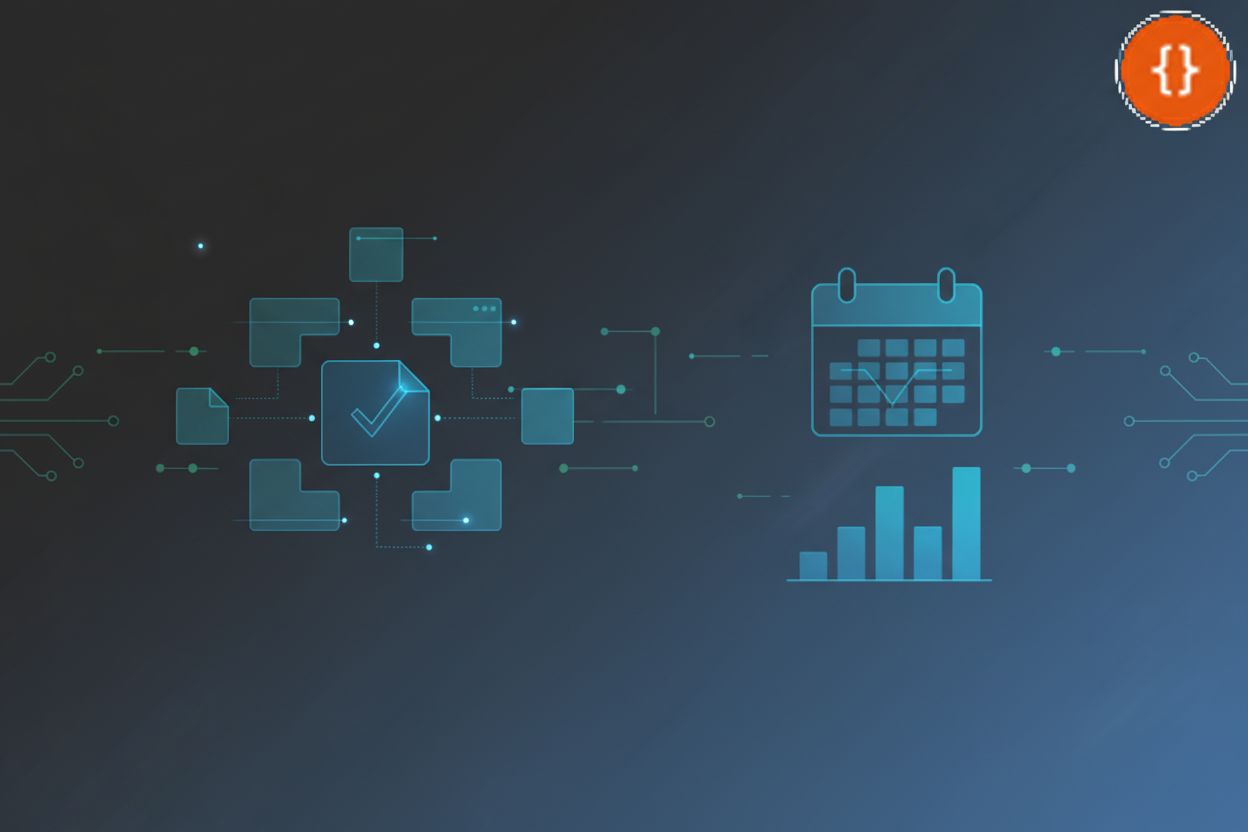Characterization Test Overview
TL;DR
What is a Characterization Test?
Ever worked with code where you're not entirely sure what it's doing, just that it's, well, doing something? Characterization tests are kinda like that- they're about figuring out the existing behavior of a system, especially when you're dealing with older code.
- Characterization tests capture the existing behavior of a system. Think of it as taking a snapshot of how the code behaves right now. It's like saying, "Okay, when I put this in, I get that out. Let's remember that."
- They are used to protect against unintended changes, especially in legacy code. Imagine you're refactoring a massive, ancient codebase for a big financial institution. Characterization tests make sure you don't accidentally break something critical like, say, transaction processing.
- The goal is to understand and document what the code actually does. It's not always about what the code should do, but what it does. In a retail setting, maybe an old discount calculation is wonky but customers like it. Characterization tests capture that before you "fix" it.
These tests verify behavior based on observation, which is different from traditional tests that verify correctness based on specifications. Characterization tests are useful when specifications are missing or incomplete, such as when inheriting undocumented code. They help you understand the system without relying on nonexistent or outdated specs.
So, characterization tests are basically your safety net for understanding and preserving existing behavior, especially when documentation is lacking.
Why Use Characterization Tests for APIs?
Ever wonder how to keep your apis from going totally haywire after a seemingly small change? That's where characterization tests comes into play, specially for those hairy, undocumented APIs we all "love". These principles apply broadly, but they're particularly useful for APIs where behavior can be complex and undocumented.
API Performance: Characterization tests are great for ensuring that your API's performance doesn't degrade after a refactor or update. Imagine you've tweaked some code; these tests will quickly tell you if your changes made things slower. By establishing baseline response times and asserting that new behavior does not exceed these times, you can quickly identify performance regressions early.
Beyond just response time, characterization tests can capture other performance-related behaviors. For example, they can monitor the volume of data transferred in a response. If a change unexpectedly increases the payload size for a standard request, it could indicate inefficient data serialization or an unintended inclusion of extra fields, impacting bandwidth and processing. You might also characterize the number of database queries or external service calls a particular endpoint makes under normal load. An increase in these could signal performance bottlenecks. To implement this, you'd instrument your test to log these metrics alongside the response time. For instance, a test might assert that a specific endpoint, when called with a typical user profile, returns a response within 500ms, transfers less than 10KB of data, and makes no more than 3 database queries.
API Security: Nobody wants to accidentally weaken their api security, right? Characterization tests help validate that security measures haven't been messed with; like confirming that authentication and authorization still work as expected. For example, you can test that unauthorized requests are rejected with specific status codes or error messages.
Characterization tests can go deeper than just checking for rejection. They can verify specific security behaviors. For instance, you could characterize the exact error message returned for an invalid API key, ensuring it doesn't inadvertently reveal system internals. You might also test that sensitive data fields in responses are properly masked or encrypted, or that rate-limiting mechanisms are still in place by making a burst of requests and observing the expected throttling responses (e.g., 429 Too Many Requests status codes). A characterization test might assert that a request to a protected endpoint without an
Authorizationheader results in a401 Unauthorizedstatus code and a response body containing{"error": "Authentication required"}.Refactoring Legacy APIs: Let's be real, refactoring old apis without good tests is terrifying. Characterization tests act as a safety net, ensuring you don't inadvertently change the external behavior of the api, even if you don't fully grok how it works under the hood.
So, characterization tests gives you a way to confidently modify those old apis – without completely breaking things.
How to Create Characterization Tests for APIs
Okay, so you're ready to start writing some characterization tests for your apis? Awesome, it's not as scary as it sounds! Basically, it's all about observing, recording, and then making sure that observed behavior stays the same.
Identifying Crucial API Endpoints
When you're dealing with legacy systems or complex APIs, you can't test everything at once. Prioritization is key. Here's how to figure out which endpoints matter most:
- Business Impact: Which endpoints are critical for core business functions? Think payment processing, order fulfillment, or user authentication. If these go down, it's a big problem.
- Frequency of Use: How often are these endpoints called? High-traffic endpoints are more likely to be affected by changes and have a broader impact if they break.
- Areas of Known Instability: Have certain endpoints historically been buggy or prone to issues? These are prime candidates for characterization.
- Dependencies: Are there endpoints that other services or critical parts of your application rely on? Characterizing these first can prevent cascading failures.
- Complexity: Endpoints with intricate logic or many moving parts are good candidates, as their behavior can be harder to predict.
Start with the highest-impact, most frequently used, or most unstable endpoints. You can always expand your characterization coverage later.
Observe and record, like a detective. First, figure out the crucial api endpoints you wanna test. What inputs do they take? What outputs should they give, based on what they currently do? For example, if you got an api that calculates shipping costs, you'd wanna note down the inputs (like weight, destination) and the corresponding cost.
Tools are your friend. Use tools like Postman, or even just
curl, to actually hit those api endpoints. Capture everything- status codes, headers, the whole response body. Think of it like taking screenshots of how the api behaves.Document everything. I mean it. Keep a detailed record of what you see. This isn't just about the "happy path"; log errors, weird edge cases, and quirks. Maybe the api returns a slightly different format for some errors? Write it down!
Translate observations into tests. Once you've observed and documented the current behavior of your API, the next step is to translate those observations into automated tests.
For example, if you observed that sending a request to
/calculate-taxwith a subtotal of $50 and state 'ca' resulted in a tax of $4.50, you would write a test that programmatically sends this exact request and asserts that the response body contains{"tax": 4.50}. This test acts as a guardrail. If a future change causes the API to return $4.00 or $5.00 for the same input, this characterization test will fail, alerting you to the unexpected behavioral change.Here’s a little peek at what that might look like in a hypothetical testing framework (like Jest for Node.js):
// Example test for the /calculate-tax endpoint test('should return $4.50 tax for $50 subtotal in CA', async () => { const requestBody = { subtotal: 50, state: 'ca' }; const response = await api.post('/calculate-tax', requestBody); // Assuming 'api' is an instance that makes HTTP requests// Asserting the exact expected response body expect(response.statusCode).toBe(200); expect(response.body).toEqual({ tax: 4.50 }); });
This snippet shows how you'd take your observed input and expected output and turn it into a verifiable assertion within your test suite.
Characterization Tests vs. Traditional Tests
While characterization tests are incredibly useful, it's important to understand how they differ from the more common, traditional tests you might be more familiar with.
Traditional tests verify correctness based on specifications. These are your typical unit tests, integration tests, all that jazz. They check if the code meets the requirements as defined by a spec. For example, a traditional test for tax calculation would assert that for a $50 subtotal in 'ca', the tax should be $4.50 (assuming that's the documented correct rate).
Characterization tests verify behavior based on observation. It's more about, "Hey, this is what happens, let's make sure it keeps happening." They capture the current reality. If the API is calculating tax at $4.00 for that same input, a characterization test will simply ensure it continues to calculate at $4.00, not that it starts calculating at the "correct" $4.50.
Characterization tests are useful when specifications are missing or incomplete. Ever inherit code with no documentation? Yeah, characterization tests are your friend. They help you understand the system without relying on nonexistent or outdated specs. Traditional tests, on the other hand, rely heavily on having clear, accurate specifications to begin with.
When to Use Which
Deciding whether to write a characterization test or a traditional test often comes down to your goals and the state of your codebase:
Choose Characterization Tests When:
- You're working with legacy code that lacks documentation or tests.
- You're about to refactor a piece of code and want to ensure its external behavior doesn't change.
- You need to understand the current, real-world behavior of an API, even if it's not ideal.
- You're concerned about regressions in performance or security that might not be covered by functional specs.
- The system's behavior is complex, and you want to capture its nuances before making changes.
Choose Traditional Tests When:
- You have clear, well-defined specifications for how the system should behave.
- You're building new features and want to ensure they meet requirements from the start.
- You need to verify the correctness of logic against a known standard.
- You want to test specific algorithms or business rules that have a definitive right answer.
- You're confident in the existing documentation and requirements.
Often, you'll use both. Characterization tests can help you discover the current behavior, which you can then use to write better traditional tests that define the desired future state.
Benefits and Challenges
While characterization tests offer significant advantages, it's important to acknowledge their limitations and potential challenges.
One biggie: characterization tests don't guarantee correctness. They just capture what is, not what should be. Think of it like this: if your API is returning the wrong tax rate (say, 8% instead of the correct 10%), a characterization test will simply ensure it continues to calculate at 8%, not that it starts calculating at 10%. They document existing behavior, even if that behavior is flawed.
Time is another factor. Writing these tests can eat up a lot of it, especially if you're trying to cover all the edge cases. And maintaining them? Ugh, when the underlying code changes, you're gonna need to update those tests too.
Then there's the tricky bits like non-deterministic behavior. What happens when your api returns a timestamp? Or a random number? You'll have to find ways to handle these, so the tests don't fail every time. For timestamps, you might assert that the response contains a string that matches a specific date-time format (e.g., using a regular expression like
^\d{4}-\d{2}-\d{2}T\d{2}:\d{2}:\d{2}Z$). For random numbers, you might check if they fall within an expected range (e.g.,expect(randomNumber).toBeGreaterThanOrEqual(1)andexpect(randomNumber).toBeLessThanOrEqual(100)).
Basically, characterization tests are a helpful tool, but they aren't a silver bullet.





